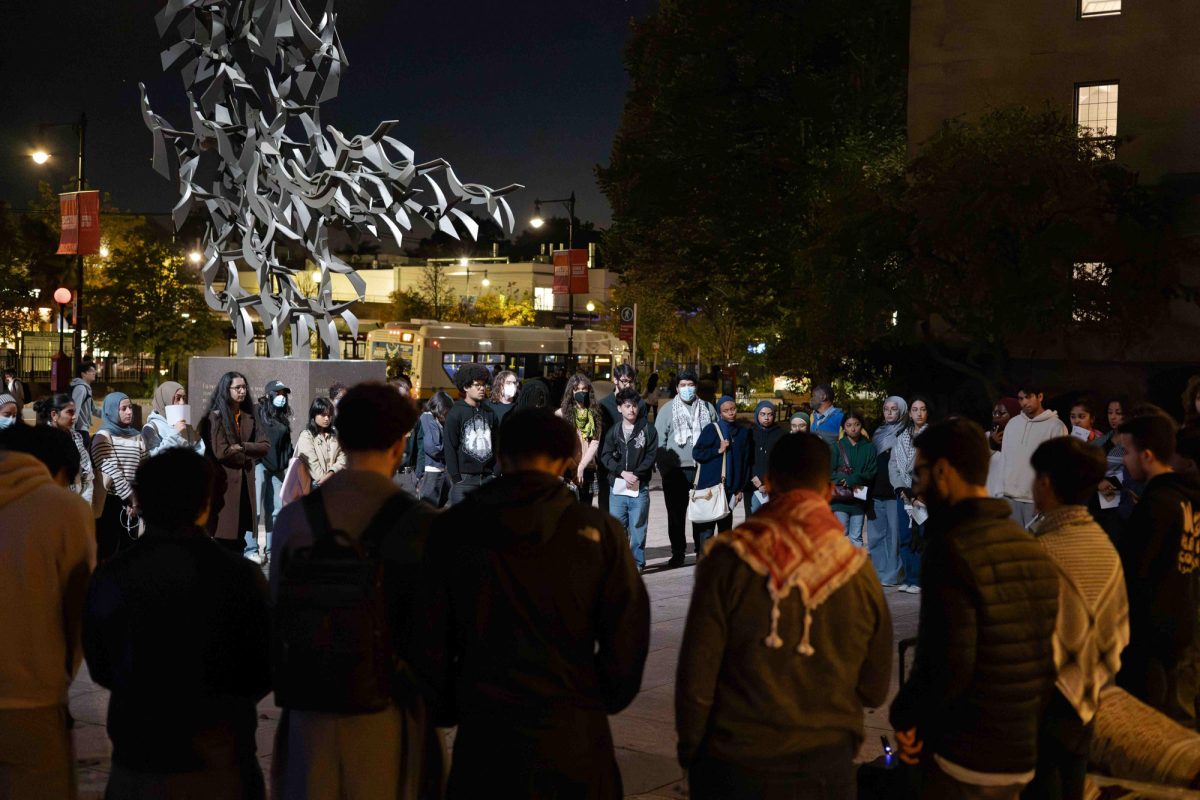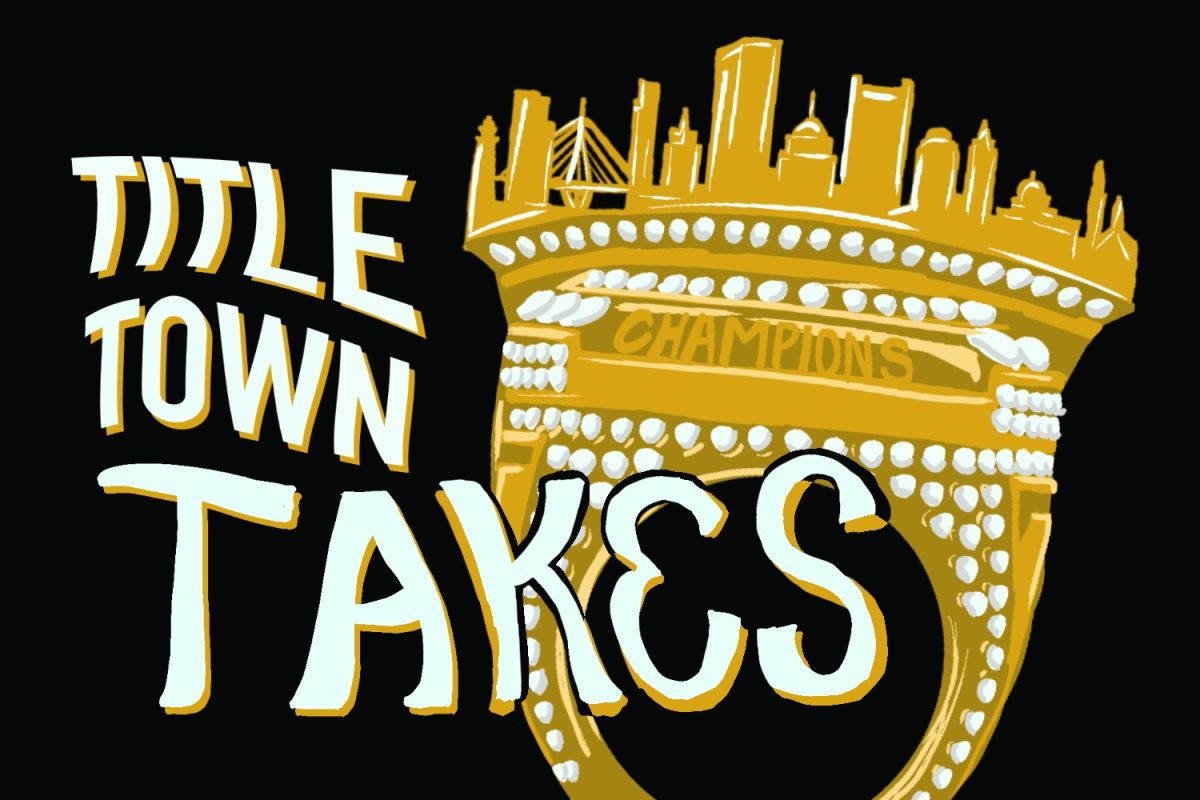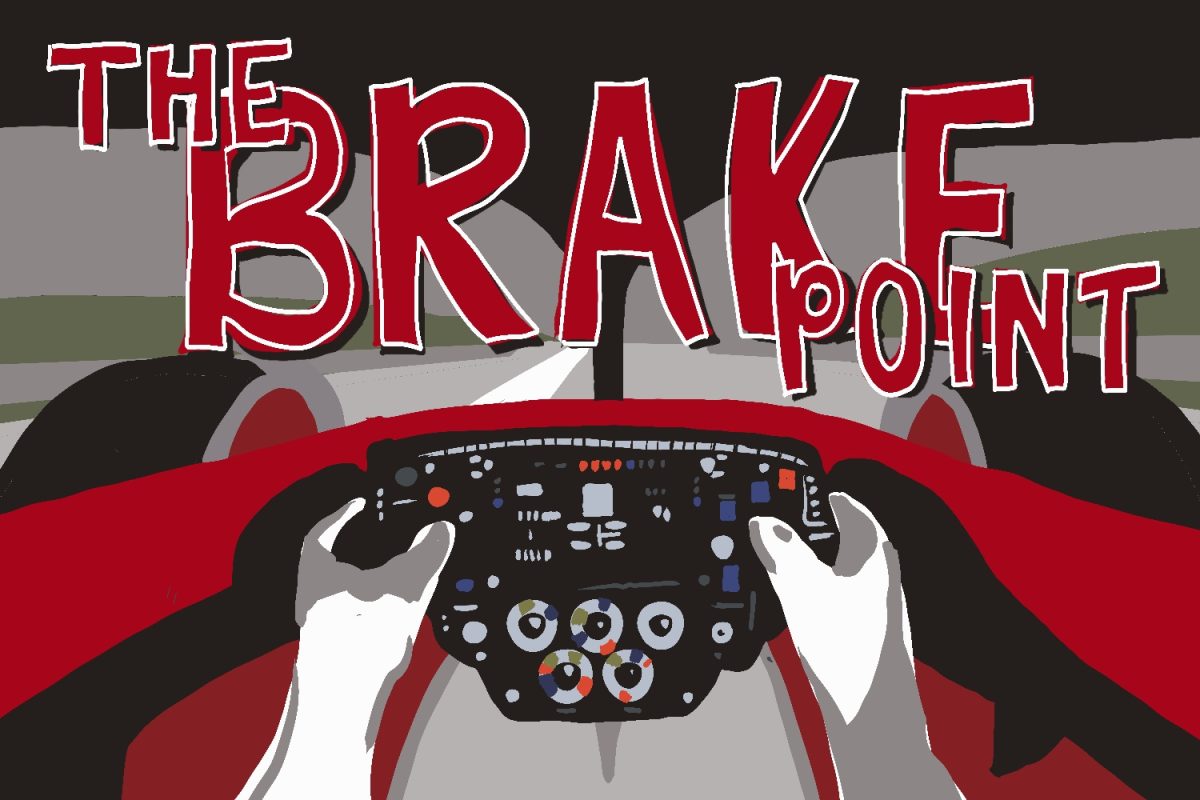When Sidney Lumet made “Network” in the mid-1970s, he proposed a corrupt media landscape where television news transgressed its public responsibility for the purpose of ratings, an idea that at the time wasn’t particularly threatening or prescient. Now, 25 years later, the mass media has fulfilled Lumet’s prediction to an extent the director, himself a television man, probably never imagined. From Fox’s hodgepodge of home video disaster clips to reputable shows like “60 Minutes” pandering to a salivating populace, sensationalism has burrowed its way through modern media.
This proliferation of shock journalism is at the center of writer/director John Herzfeld’s film “15 Minutes.” But unlike the eerie prophecy of “Network,” “15 Minutes” tells a tale we’ve already heard without offering an explanation or a solution. Perhaps Herzfeld’s point is that there is no solution, but that seems like empty pessimism in a film that repeatedly tells us we can’t afford to be apathetic about what we see.
Actually, the film is less about television than it would like you to think. The plot concerns a double homicide under investigation by Eddie Flemming (Robert De Niro), a media-friendly cop whose high profile investigations have made him a minor celebrity in New York City. When an apartment complex in town is burnt down and two charred bodies are found within, Eddie has to work with arson investigator Jordy Warsaw (Ed Burns, “Saving Private Ryan”). Immediately, they butt heads over cause of death, jurisdiction and, to some extent, their own media images.
The charred bodies are a couple of Czech immigrants, and they were killed by the film’s heroes, two Eastern European crooks named Emil (Karen Roden) and Oleg (Oleg Taktarov). They work as a pair — Emil commits the crime, and Oleg records it on a Sony Hi-8 camcorder he stole from a Times Square electronics shop. They are our heroes because Herzfeld wants them to be; on-screen time with them is far more entertaining than the mediocre cop drama being played out by De Niro and Burns.
As Emil’s crimes become more vicious, Oleg’s camerawork becomes more intricate. The running gag is that Oleg strives to be some kind of Russian Frank Capra. He does not realize the paradox of his dream — Capra and his films represent something wholly American, and his and Emil’s videotaped murder spree have unfortunately put them into the same subjective category.
The public gets wind of these events through the news program “Top Story,” whose anchor Robert Hawkins (Kelsey Grammer) has no qualms about breaking the law or tossing out his morals for a hot story. Though Hawkins has a good relationship with Eddie, Jordy finds him repulsive and refuses to alter his investigation to accommodate the media.
The film loses its footing in the beginning partly because it can’t decide if it’s a media satire or a full-out thriller. Hawkins is present throughout the first act, but is then mysteriously gone for around 45 minutes. And when he is gone, so is the point Herzfeld attempts to make about the interplay between crime and its news coverage. It becomes essentially a detective case, which is interesting in itself, but it carries the film away from its intended theme. There are cops and criminals and a great chase down a crowded Manhattan street, but very little in the way of the trenchant television satire it strives to be.
Emil and Oleg seem more Laurel and Hardy than Manson family, and their videotaped escapades reek of mid-90s shock value. Perhaps it’s the film’s point that the following statement is even being written, but we’ve seen all this before. There’s nothing particularly new or sensational about a videotaped murder, and the only thing keeping us interested is the endearing Oleg’s burgeoning talent at directing.
De Niro puts in a nice enough performance as a tough cop, a welcome change from his past few comedic roles. Even when he practices proposing to his girlfriend in front of a mirror a la “Taxi Driver,” it’s acceptable because, well, it’s Robert De Niro. Burns doesn’t fare nearly as well as the young, impudent arson investigator, and his overacting in the few final scenes spoils any nice touches he puts in during the film (and they are few and far between).
The use of Oleg’s video footage alongside the actual film gives it an interesting self-reflexive tone, but it’s a lost cause in a movie that constantly struggles with its own structure to decide what to show the audience. There are many clever moments, even some funny lines, and the performances are, on the whole, not bad. But it’s too jumbled to offer anything more than fleeting entertainment. It takes more from “8MM” and “Seven” and “Scream” than it does from “Network.” Ultimately, the film seems just as glossy and profit-oriented as the television programs it demonizes.
When Herzfeld wrote the screenplay to “15 Minutes” back in 1989, OJ Simpson and “Survivor” were still years off. That we’re bored by televised death scenes now, over a decade later, is an undeniable turn toward media desensitization, but it also doesn’t make an average movie any better.
















































































































